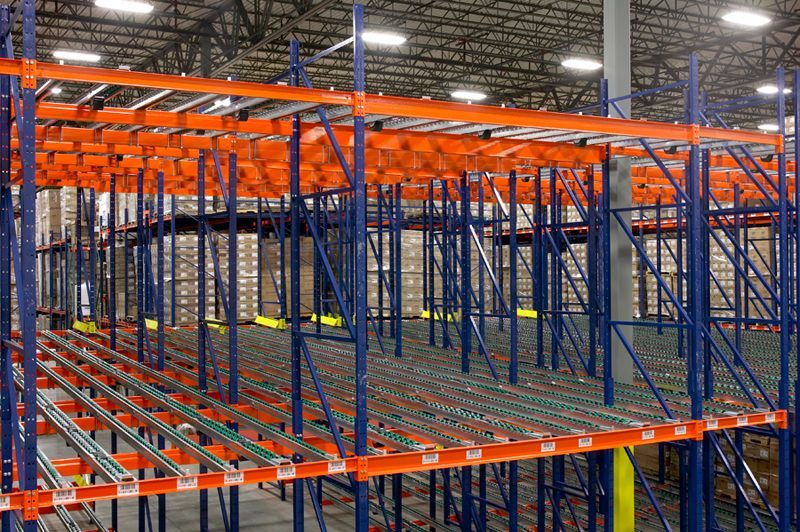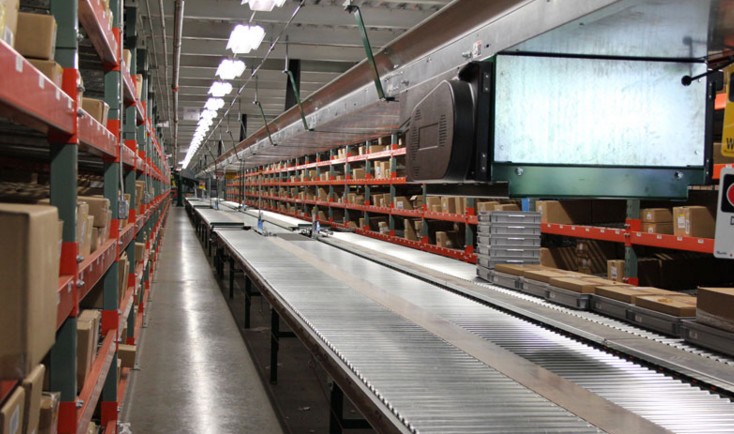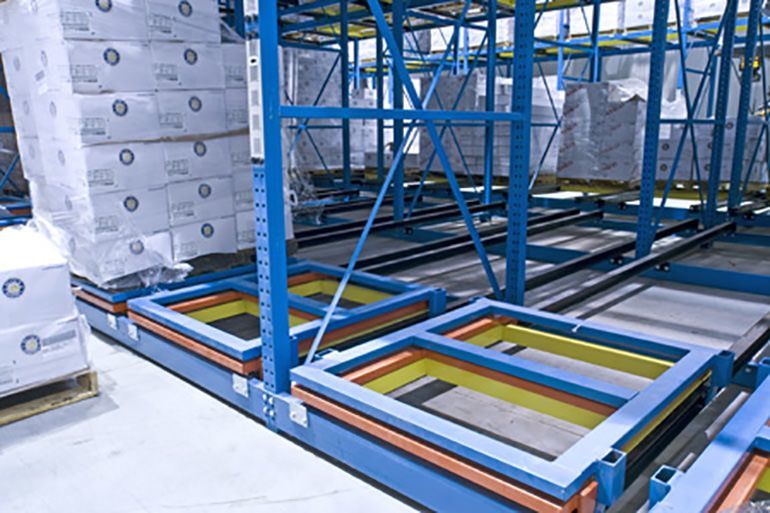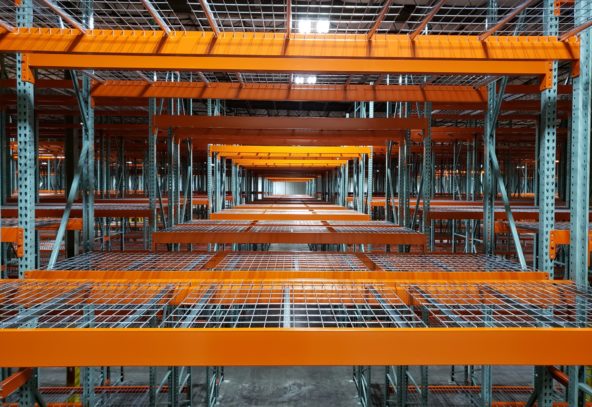WE SPECIALIZE IN CUSTOM INDUSTRIAL RACKING SOLUTIONS
At Logic Material Handling, Inc., we don’t believe in offering cookie-cutter industrial warehouse racking for sale. Instead, we provide custom warehouse racking solutions tailored to your specific operation. We have the expertise to help you explore the different types of racking systems available to you and choose the one that works best for your facility. We can also work with you to tailor the product to meet your company’s unique order fulfillment requirements.
We always take the time to gain a full understanding of our customer’s operations and the unique challenges they face. Our solutions include complete industrial racking design services featuring customized conceptual drawings and preliminary recommendations, followed by a quick and accurate price quote. We also provide full industrial racking installation services for warehouse facilities all across the United States.
GET STARTED WITH A FREE
INDUSTRIAL WAREHOUSE RACKING CONSULTATION
Don’t let an inadequate or outdated racking system prevent you from providing a high level of service to your customer base. Learn more about our complete selection of warehouse racking installation and design services without risk. Contact us today to schedule your free initial consultation, We proudly serve warehouses and order fulfillment centers across the United States.

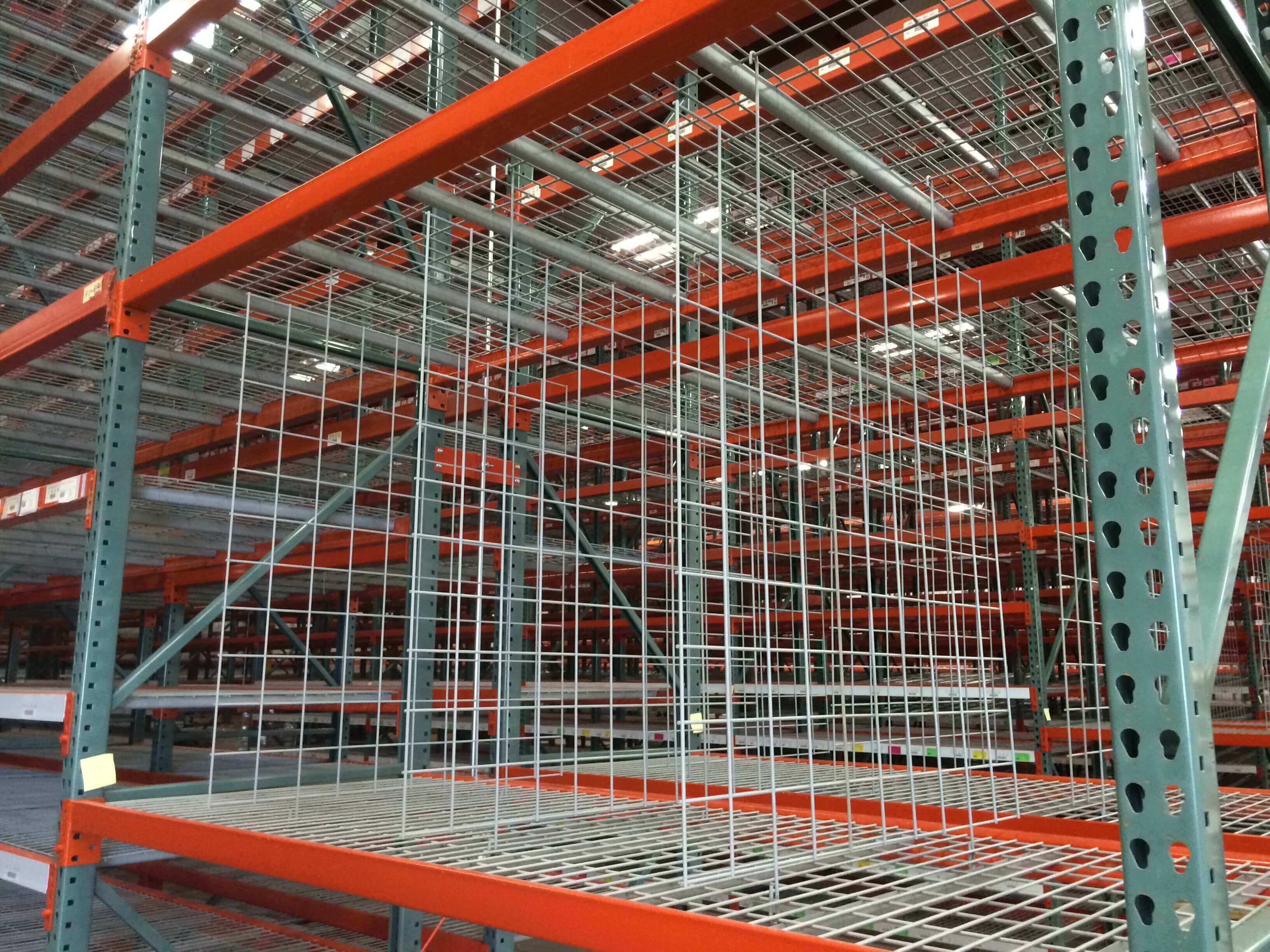

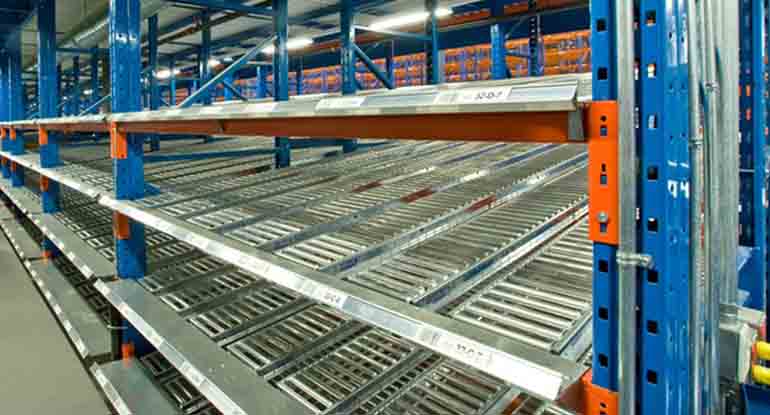
![Interlake Mecalux Pallet Racking Storage Systems in [city]](https://logicmaterialhandling.com/wp-content/uploads/2016/02/Screenshot006-1.jpg)
